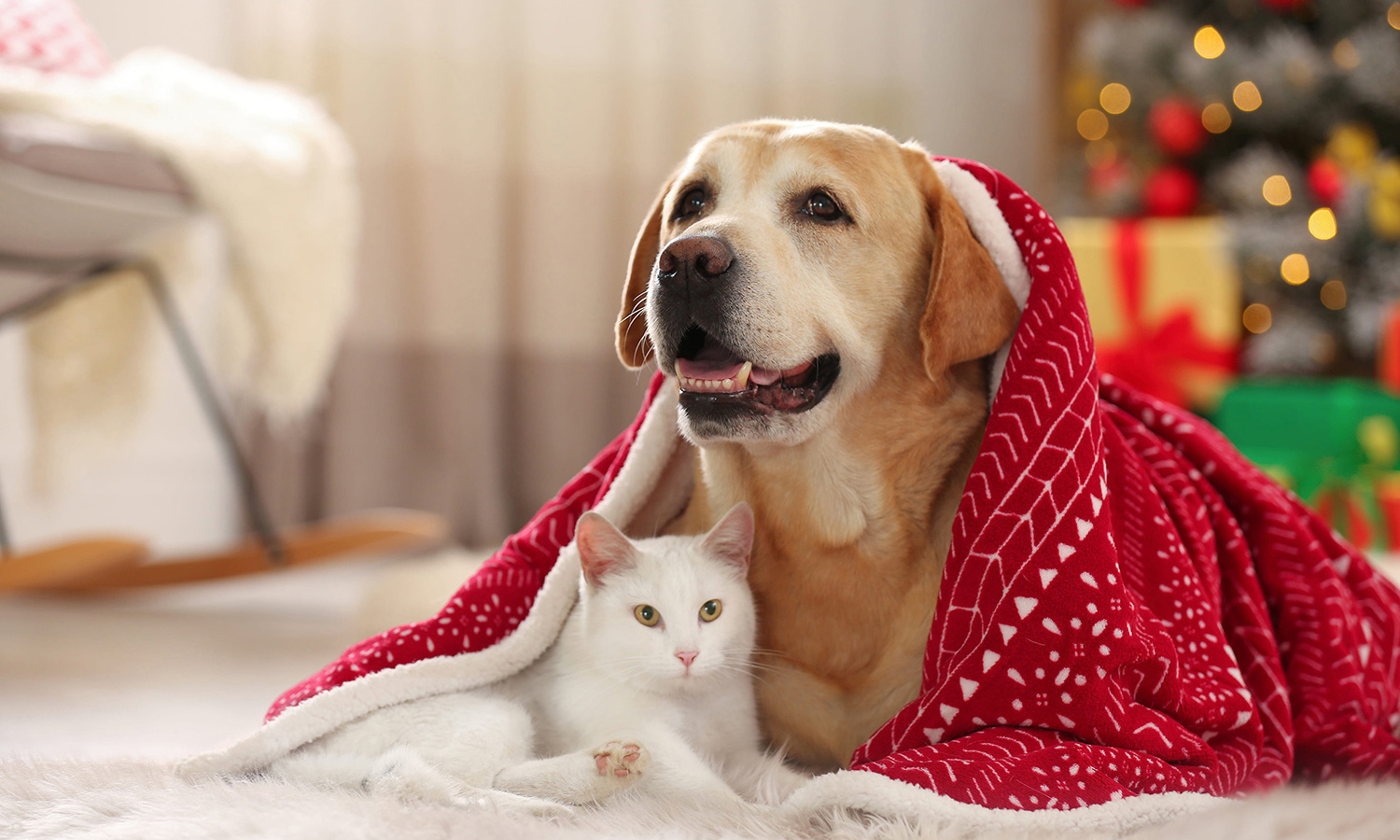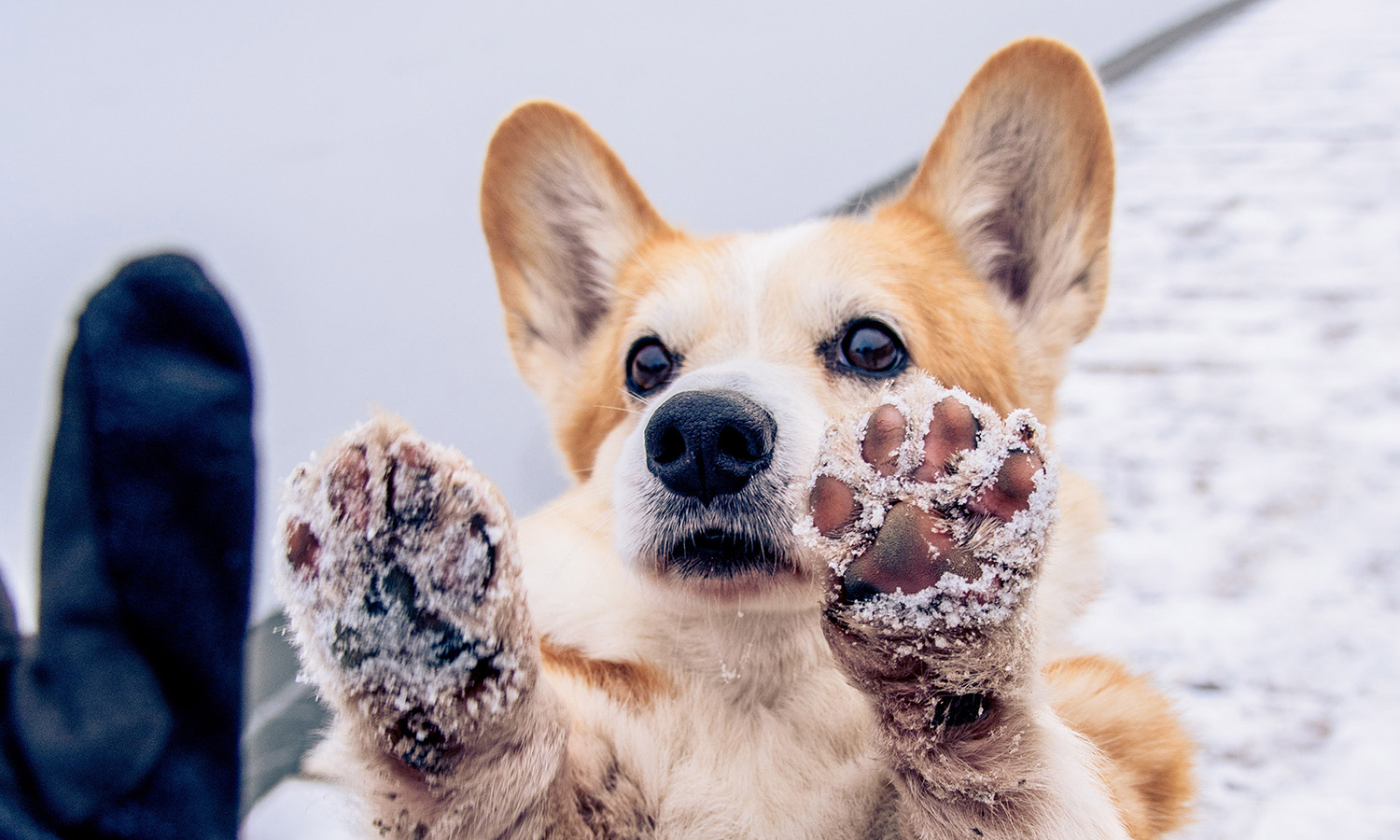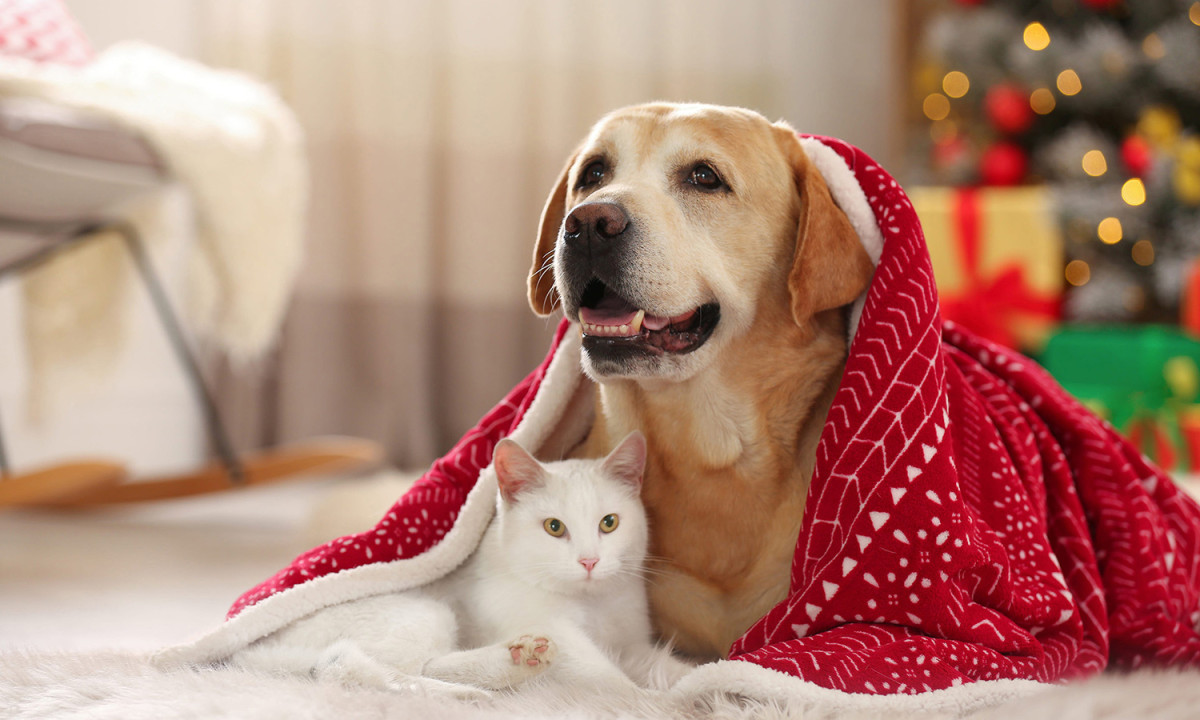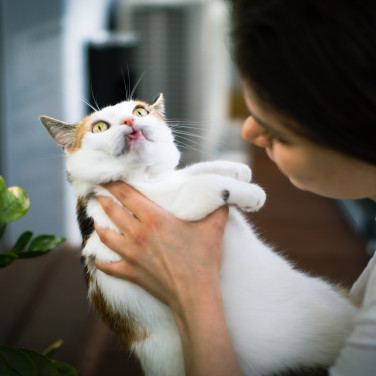ARTICLE
7 Winter Pet Safety Tips – How to Keep Your Pet Happy This Season
페이지 정보
본문

As the nights get colder and the day gets shorter, you will prepare your home for the colder winter climates. Your pets will similarly adjust to the colder temperatures with a fresh coat, longer naps, and maybe get extra cuddly this holiday season. With winter comes new responsibilities as a pet parent to ensure that the dry cold air does not cause any issues for your pet, such as itchy, flaking skin, cracked paws, and dry respiratory tracts. Below we have compiled a list of 7 hot tips to keep you and your pets warm and healthy all winter long!
Factors you Should Know About Your Pet When It Comes to the Cold
Every pet is different and will experience the winter climates differently according to various factors.
The following list should be considered in giving the best care for your pet according to these factors:
-
Age
Young pets and senior citizens both have a harder time regulating their body temperatures and may require extra care to keep up with their brothers and sisters that are well in the prime of their lives.
-
Coat type/breed
Cold weather breed cats and dogs, such as huskies, Samoyeds, and British longhairs, tend to have a thick, double-layered coat that easily protects them from the colder drier winter weather. While other breeds that have thinner coats, and typically thrive in warmer climates, may suffer more in the cold.
-
Coat color
Darker coats can absorb and retain heat from sunlight more efficiently than lighter coats of fur on our furry companions.
-
Size and weight
Smaller breed pets have less surface area in which they can retain heat compared to larger breed pets. Body weight can also attribute to which animal gets colder faster because body fat acts as an efficient insulator of heat.
-
Environment
The environment in which you and your pet companion inhabit will also dictate how well your pet may be able to manage the colder drier climates. Take into account, the wind speeds that can cut through a pet’s coat reducing the insulation capability drastically. If you live in an area that snows or rains often, or retains heavy fog, the dampness in the environment can soak into your pet’s coat and quickly chill your pet even if the temperatures are tolerable. Cloud coverage can play a crucial role in allowing your pet to receive and retain the heat from the sun as well.
1. Adjust grooming routine to suit the colder climates
During the winter months, washing too often may remove protective oils that keep your pet’s skin moisturized and prevent the skin from flaking and drying out. If your pet manages to get smelly during these cold months, it may be a good idea to consult your veterinarian for a recommendation on a moisturizing shampoo and cream.
Extra care should also be considered for the coat of your pet. If your pet has a long hair coat, a minor trim here and there to prevent clinging ice balls is recommended to ensure that their coat keeps them warm throughout winter. Short-haired coat breeds may benefit from a sweater that covers their neck to the base of their tail to combat the outdoor cold arid temperatures. A full coat of fur on your pet should be brushed regularly since matted fur reduces the insulating capability drastically.
2. Keep your pets indoors
A good rule of thumb, except for cold-weather breeds, is if you find the temperature outside to be too cold for yourself, it is too cold for your pet to be outside as well. Most pets do not like the cold and would prefer to stay indoors with a warm and cozy resting place to nap. You do not ever want to leave your pet in a car out in the cold, similar to a hot summer’s day, because a car retains cold and can cause an animal to become hypothermic. The cold can freeze, disorient, and at worse injure your pet in very cold temperatures.
3. Always keep your pet’s paws clean and dry

It is a good habit to inspect and clean off your pet’s paws after each walk during the cold months. You are looking for any cuts or cracks, as well as removing ice, salt, and winter product chemicals that your dog may come across on its walk. Ensure that you look between the foot pads as well, as they can house some unwanted foreign material. Use a washcloth to wash and dry their paws after your daily walks. Pet booties may take a little time for your pet to get used to but are also recommended as they provide the best protective coverage during winter walks.
4. Adjust your pet’s meals
During the colder months ahead, it is a good idea to slowly transition your meal to provide more calories and hydration to your pet’s diet. Our pets burn more calories to produce and maintain heat to counter the colder climates, especially outdoor animal breeds. So adding a little bit more in each meal, or adding a few more extra treats than usual can help provide the calories your pet will need to keep warm. It is also equally important that your pet is well-hydrated during these climates to help regulate their body temperature.
5. Take shorter walks
The winter weather brings a few challenges that may be hard to avoid entirely. So it may be beneficial to shorten your walks and find other methods of play and exercise indoors. Pets can slip and fall on the ice or encounter debris hidden under a blanket of snow. Equip your pet with some boots that will keep your pet’s paws insulated and protected, and be wary of the path you and your pet take on these brisk winter walks.
6. Wrap your pets in an extra blanket or two
The winter winds can get harsh and navigate around those drafty doors and windows. Ensure to relocate your pet’s beds where it meets the sunlight and away from these draft points. Consider elevating their beds just slightly off the floor to avoid the winds that sneak underneath the doors around the home and extra blankets for your pet to snuggle. Keep their water bowl close by to their shelter so that they don’t have to leave the comfort of their warmth for a sip.
7. Stay up to date on your checkups and flea preventions!
If your pet has any chronic health issues, it may be a good idea to get ahead and schedule appointments with a vet before the winter temperature arrives. Chronic conditions such as diabetes and arthritis can cause some complications during the colder temperature as they can affect how effectively your pet can regulate its body temperature and its ability to move around.
While flea prevention can be pricey and tempting to skip when fleas and ticks lay dormant during the cold months. It may be safe to skip the coldest month out of the year but it is recommended to stay on schedule. If you are not careful and restart prevention too late, you may find your pet or home vulnerable to fleas and ticks. It is easier and safer to stay on flea prevention year-round to protect your pet from these pesky parasites.
Extra tip: Ensure that your pet is chipped and tagged
Extra tip! If you have not done so yet, it is a great idea to have your pet chipped and tagged before the cold temperatures hit. The colder temperatures and snow can disorient your pet and even get lost. An easy step to protect them is with a microchip and a tag with accurate contact information updated consistently.
Give Your Pet the Best Care Possible This Winter
Hopefully, you have learned a thing or two to prepare your furry loved ones for the coming long winter nights. With this comprehensive list of tips, take action to ensure your pet stays the healthiest and coziest!
Read more on the Buddydoc blog page!

Buddydoc provides a weekly updated blog to keep you informed on the latest and best ways to prepare and take care of your pet all year round. Check out more articles you may be interested in!













